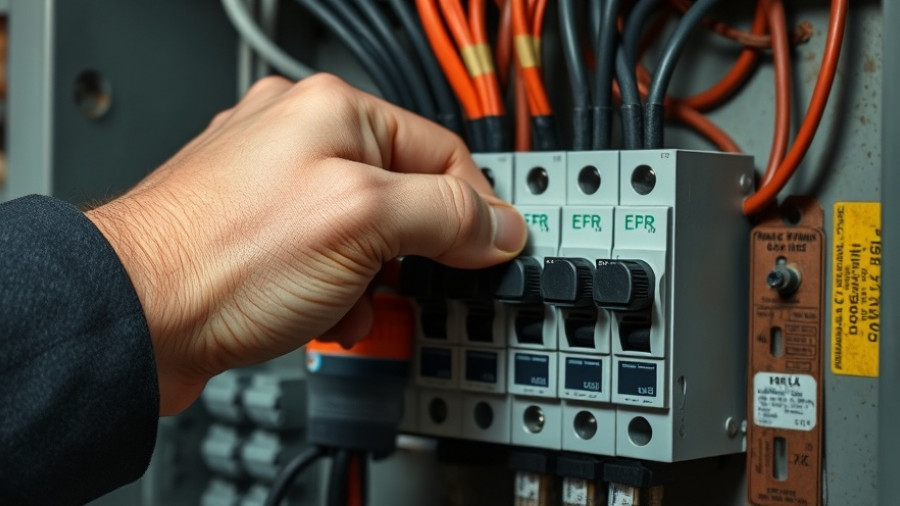
The Basics of Load Bearing and Non-Bearing Walls
Understanding the difference between load bearing and non-bearing walls is crucial for any homeowner considering renovations. A load bearing wall supports the structure of a home, carrying vertical loads from the roof and upper floors. In contrast, non-bearing walls primarily serve to divide spaces and do not contribute to the overall structural integrity. This distinction is vital when planning modifications, as removing a load bearing wall without proper support can lead to catastrophic results.
In 'How to Replace a Load Bearing Wall | This Old House', the discussion dives into critical renovation strategies, exploring key insights that sparked deeper analysis on our end.
Preparing for the Transformation
Before diving into a major remodeling project, it’s essential to determine how to properly support any load bearing structures that might be impacted. The video featuring Kevin, Deliandro, and Tommy from This Old House illustrates important preparation steps. The installation of triple-beam LVL (Laminated Veneer Lumber) is one recommended strategy. This engineered wood product is not only strong but also allows for long spans without the need for additional support posts in the living space.
Why Temporary Supports Matter
During the renovations, temporary supports play a crucial role. According to the crew in the video, until a permanent lally column is installed in the basement, a temporary post is necessary to uphold the LVL beam. This precaution is crucial as it ensures that other walls and ceilings stay intact while the structural changes take place. Homeowners should always prioritize safety and seek professional assistance if they are uncertain about structural modifications.
Cost Considerations in Renovating Load Bearing Walls
Before embarking on the journey of removing or altering load bearing walls, homeowners should prepare for potential costs. The need for specialized materials like LVL beams, lally columns, and possibly hiring skilled labor can impact the overall budget significantly. While the appeal of an open floor plan is tempting, careful fiscal planning is necessary to ensure that the transformation is feasible and sustainable.
Achieving the Open Concept Look
The ultimate goal of removing load bearing walls is often to achieve an open floor plan. This modern layout promotes social interaction and maximizes natural light. However, it is essential that homeowners recognize the structural implications and plan adequately. As demonstrated in the This Old House video, establishing proper support allows for a stunning transformation without compromising the home’s safety. That wide-open look you desire can indeed become a reality with the right approach!
In case you're considering renovations, it's vital to inform yourself about the impacts and procedures. If this resonates with you, make sure to check out more resources and guidance on This Old House to help you navigate your journey effectively.
 Add Row
Add Row  Add
Add 




Write A Comment